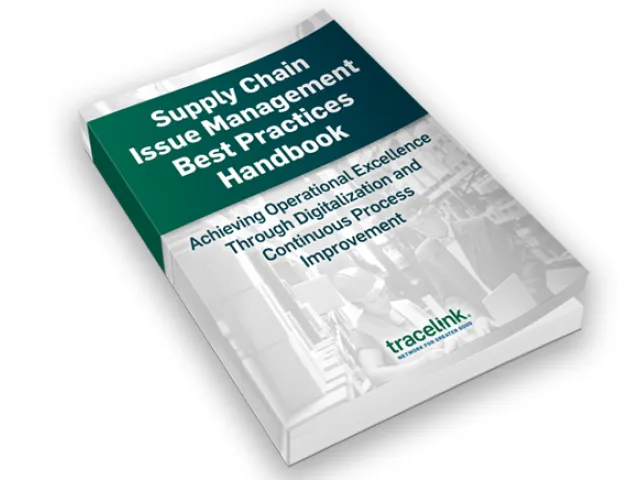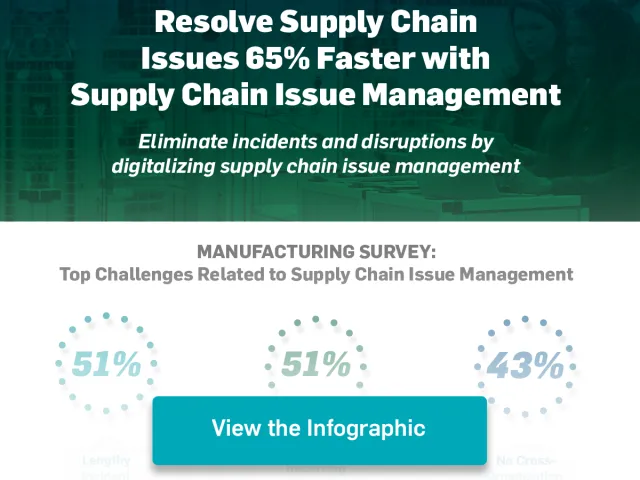Table of contents
Industrial revolutions extend for decades and generate many simultaneous value generation opportunities. Therefore, revolutions are a cascading set of evolutions built on a core disruptive foundation. Each of the previous three revolutions greatly expanded the capacity to move from hand production to machine production with steam power (first Industrial Revolution); connected the world through transportation, electricity, and communication (second Industrial Revolution); and enabled the digitalization of processing, communication, and workflow (third Industrial Revolution).
Industry 4.0 principles and goals were established by research performed in Germany and an analytical summary by the European Parliament clearly outlines the foundational elements and the long-ranging opportunities.
The TraceLink OPUS platform enables the creation of integrated and interoperable end-to-end networks with an innovative new multienterprise application paradigm.
The four foundational disruptions that create the Industry 4.0 revolution are:
- Inter-company networks that connect people and things into a work management system for shared execution
- Shared information across the end-to-end networks that enable comprehensive information flow in order to empower individuals to make more effective decisions
- Decentralized decision making by collaborative teams of individuals working across functional and enterprise boundaries
- Collective intelligence built on the capturing of structured information from across the value chain to drive predictions that augment human intelligence
The technological foundation for Industry 4.0 is the combination of the Internet of Things (IoT) and the Internet of Services (IoS). With the adoption of IoT, the physical world is digitally connected through smart sensors and controllers. However, IoS is the means by which software provided as a set of services interconnects information, processing, and workflows across the industry. TraceLink, with its OPUS Platform, provides the IoS infrastructure for building the software applications that drive the value creation solutions.
The TraceLink OPUS platform enables the creation of integrated and interoperable end-to-end networks with an innovative new multienterprise application paradigm. Multienterprise applications:
- Build networks across companies and functions that digitalize end-to-end threads within an industry
- Create a shared information model built on a common metadata model across the industry
- Enable the formation of cross-functional and cross-enterprise teams that can collaboratively make decisions at all levels of the organizations
- Collect integrated historical information across the network that can enable machine learning to build predictive models which can be applied to real-time information
Since revolutions are a result of a confluence of powerful evolutions, the goal is to establish a strategic platform which can deliver immediate benefits that addresses a core set of issues and establishes a working model for the company and your supply chain. TraceLink built Supply Chain Work Management (now POET) and its first process, Incident Management, on top of the OPUS platform as a strategic and fast path to value.
With Supply Chain Work Management (now POET), any company can:
- Build a network connecting internal sites and functions with external sites and functions with a simple invite model
- Create a shared information model for capturing and learning from data spanning supply chain operations across the network
- Enable the creation of teams from manufacturing, logistics, procurement, supply chain, and quality to work with their counterparts at upstream and downstream suppliers in real-time at all levels of the organization
- Build a value chain that is continuously learning by initially using methodologies like Six Sigma and then building predictive intelligence into the software
Industry 4.0 is a revolution that will transform the business landscape forever. The recipe for success is to establish a disruptive strategic platform that enables fast results with the agility to learn and mature quickly through multiple evolutions.
Learn more in our Supply Chain Work Management (now POET) Resource Center.






